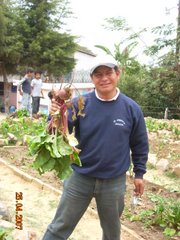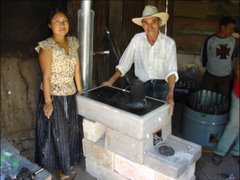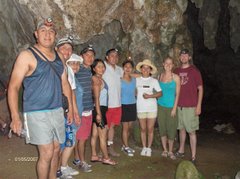
Not something you see everyday in Guatemala! These students are sooo happy with their new playground that was donated by CostCo and shipped to Guatemala through the efforts of Penny Rambacher. The playground is located outside of Pacoxpón Elementary School; a school built together by BPD and Miracles in Action.














